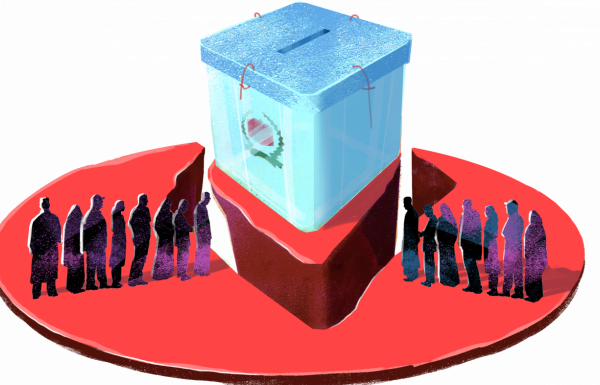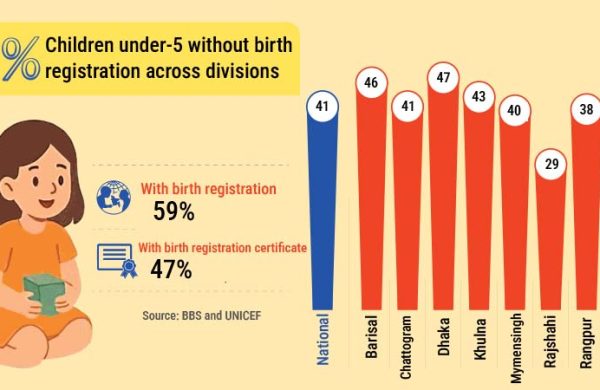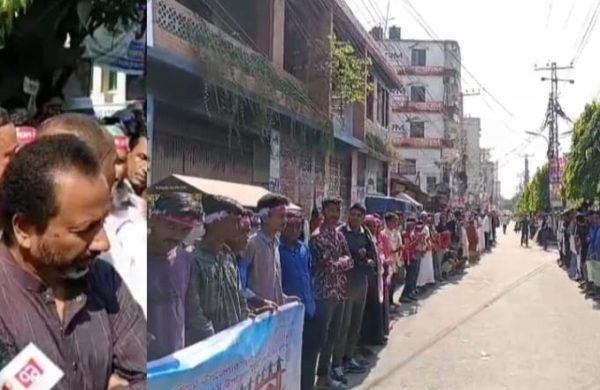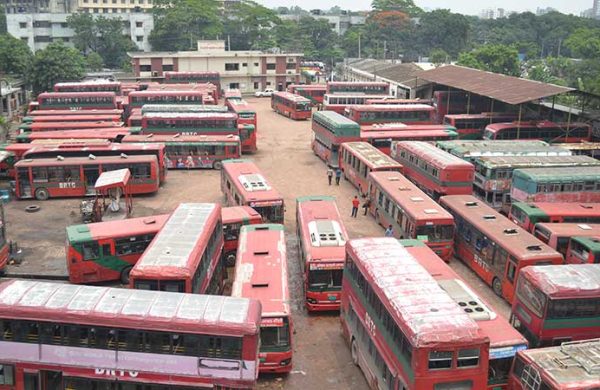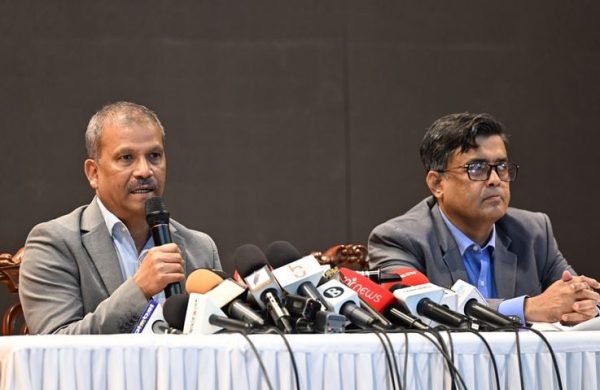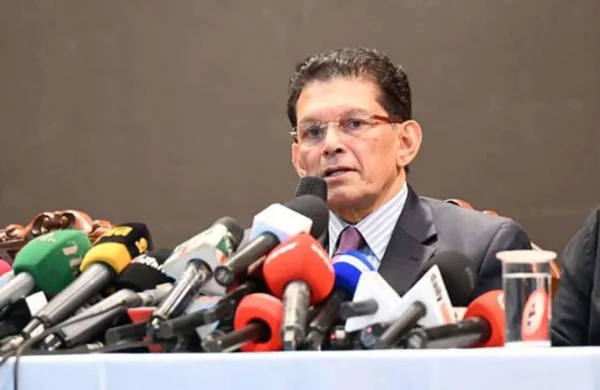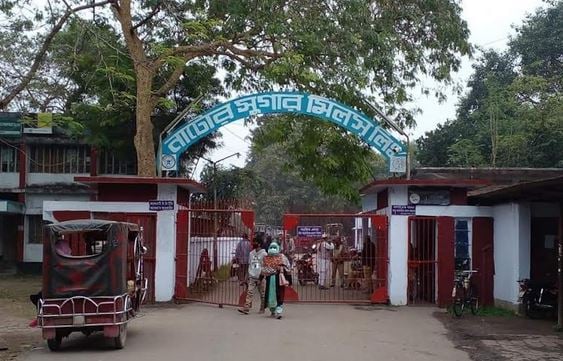Despite no crisis, BB on dollar buying spree
- Update Time : Monday, November 10, 2025
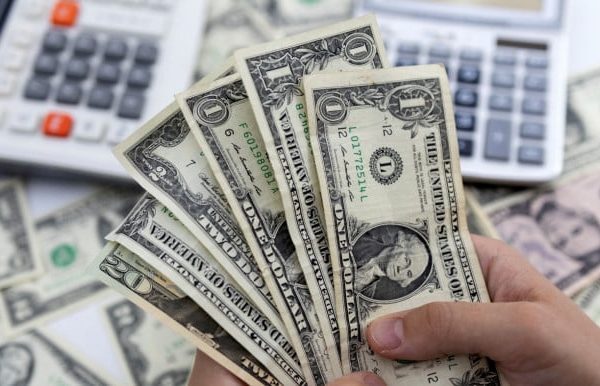
Staff Correspondent:
Bangladesh Bank has stepped up its purchase of US dollars from the local market, even though there is currently no acute foreign currency shortage. The move, according to economists and policymakers, reflects a delicate balancing act aimed at strengthening reserves, stabilising the exchange rate, and preventing volatility in the foreign exchange market.
CENTRAL BANK REBUILDS RESERVES
In the first four months of the current fiscal year (July-October), Bangladesh Bank bought $2.13 billion from commercial banks through auctions. These purchases have helped rebuild the country’s reserves, which had fallen sharply over the past three years when the central bank sold around $25 billion to meet import payment obligations and curb market panic.
With remittance inflows and export earnings showing healthy growth while imports have slowed, the central bank is now using this surplus foreign currency to boost reserves. As of October 30, the country’s gross reserves stood at over $32 billion, while the IMF’s BPM-6 calculation placed reserves at $27 billion – a significant recovery from $25.48 billion and $19.83 billion, respectively, a year earlier.
FROM CRISIS TO CORRECTION
Under the former Awami League government, Bangladesh faced one of the most severe dollar shortages in its history. Massive capital flight, coupled with global price shocks triggered by the Russia-Ukraine war, sent the taka plunging from Tk 85 to Tk 120 per dollar within a year.
In response, Bangladesh Bank intervened heavily, selling dollars from reserves and tightening import controls. These measures temporarily stabilised the market but eroded reserves and strained importers.
The situation began to turn around following the political transition on August 5, 2024, when an interim government led by Dr Muhammad Yunus assumed office. The authorities cracked down on hundi networks and illicit outflows, which helped lift remittance inflows. Exports also recovered modestly as external demand strengthened.
WHY THE CENTRAL BANK IS BUYING
Officials say the recent dollar purchases are a strategic move to absorb surplus liquidity in the forex market and prevent the taka from appreciating too rapidly. With imports subdued due to sluggish investment, dollar supply has exceeded demand.
“If the supply of dollars remains high and demand stays low, the currency could appreciate, hurting remittances and export earnings,” a senior Bangladesh Bank official explained. “By purchasing excess dollars, we are maintaining balance and avoiding future instability.”
In short, the central bank’s aim is to stabilise the exchange rate while rebuilding foreign reserves – a move that provides policy flexibility for future shocks.
WINNERS AND LOSERS
Economists note that exporters and remittance earners benefit from a stable or slightly weaker taka, as it increases the local value of their dollar income. Conversely, importers and consumers who depend on foreign goods may face higher costs if the central bank’s intervention prevents the taka from appreciating.
“If the dollar weakens too much, exporters lose competitiveness and remittance inflows could slow,” said M Helal Ahmed Jony, economist and research fellow at Change Initiative. “Bangladesh Bank’s current approach supports stability, but it must remain data-driven and responsive to market dynamics.”
Jony added that while strengthening reserves is a prudent step, the investment climate remains fragile. “Until industrial demand revives, imports of capital machinery will remain low, limiting genuine dollar demand,” he said.
MARKET IMPACT
By absorbing excess dollars from banks, Bangladesh Bank has prevented the exchange rate from sliding further. The market has stabilised at around Tk 120-122 per dollar, and volatility has eased significantly.
Arif Hossain Khan, Executive Director and spokesperson of Bangladesh Bank, said the foreign exchange market has shown “remarkable stability” in recent months.
“The supply of dollars has improved because money laundering and hundi transactions have declined,” Khan noted. “Remittances grew by 15 per cent between July and October, and export earnings also increased. As a result, the dollar price has remained stable while reserves are rising.”
He cautioned, however, that a sudden decline in the dollar rate could hurt remittance and export income. “If demand rises again, Bangladesh Bank is ready to release dollars promptly to protect market stability,” he added.
OUTLOOK: STEADY, NOT SPECULATIVE
Analysts believe Bangladesh Bank will continue to manage the dollar rate within a controlled band, avoiding sharp appreciation or depreciation. Much depends on how quickly domestic investment and capital imports pick up in 2026.
“If reserves continue to grow and the overall economy strengthens, there may be room to allow a mild reduction in the dollar price,” said Jony. “But that will only happen once the market shows sustainable confidence.”
For now, the central bank’s buying spree signals a period of cautious rebuilding – a move aimed not at fuelling speculation but at ensuring that Bangladesh enters its next growth phase with a stronger external buffer and a steadier exchange rate.



